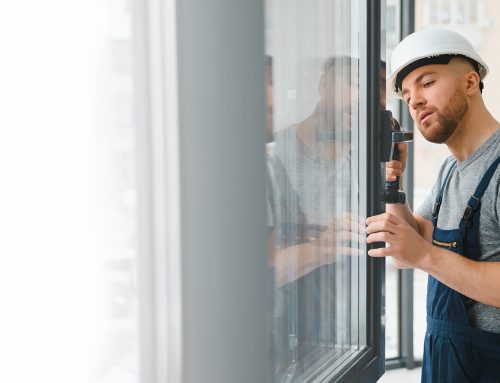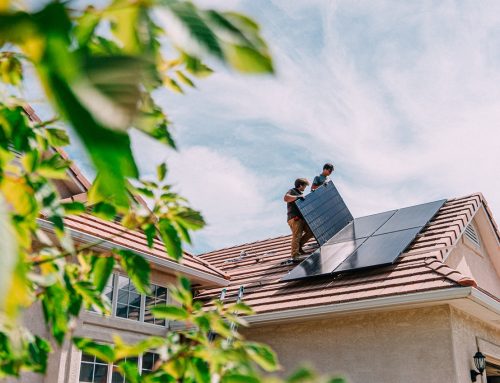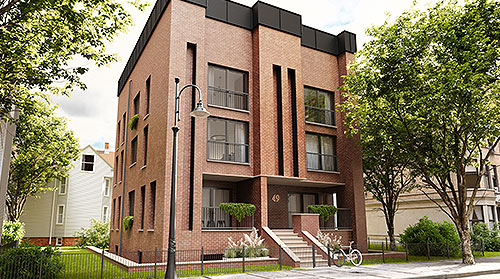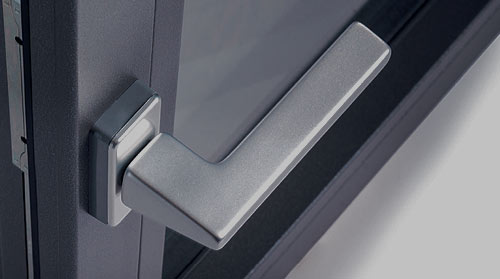Many experts believe tilt and turn windows have the potential to revolutionize the market, appealing to both contemporary projects and traditional American homes. A common question at industry events is, “How do tilt and turn windows compare to traditional single-hung windows?” This comparison perfectly showcases the strengths of our windows.
In this article, we’ll explore that question in detail, comparing these two styles and explaining why tilt and turn windows are the ideal choice for energy-conscious living.
Understanding single-hung windows
Single-hung windows have long been a staple in American homes, appearing in both traditional and contemporary designs. Their familiar vertical sliding mechanism, with a fixed upper sash and a movable lower sash, has made them a popular choice for decades.
However, as homeowners and investors prioritize energy efficiency, advanced functionality, and safety, single-hung windows are increasingly seen as limited.
They lack the versatility needed to meet the demands of modern living, particularly when it comes to secure ventilation and user-friendly operation. Additionally, many contemporary homes now integrate smart home technology, and single-hung windows often fall short in adapting to these innovations.
This growing focus on efficiency, safety, and technology has driven the demand for more innovative window solutions, such as tilt and turn windows, which excel in meeting the expectations of today’s homeowners.
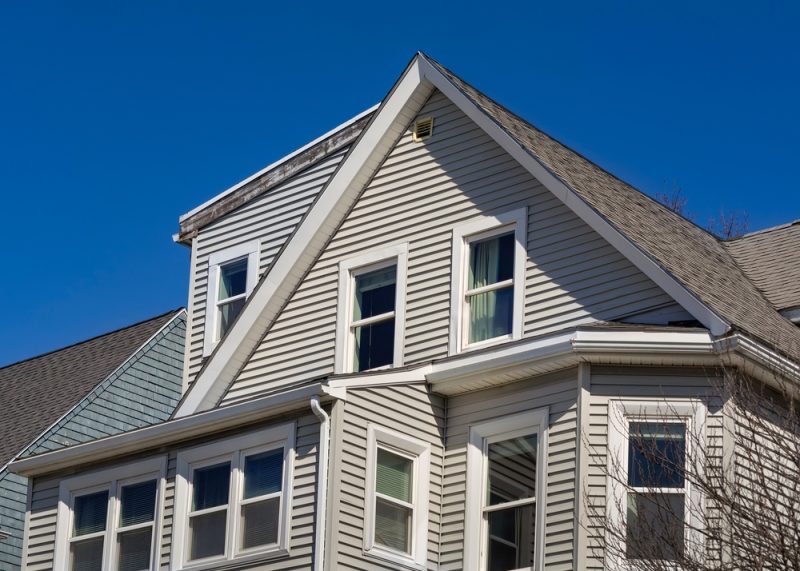
How Tilt and Turn windows are designed for energy efficiency
Tilt and turn windows are setting a new standard in the market, thanks to their versatility and unique design. Unlike traditional window styles, their modern functionality meets the expectations of energy-conscious homeowners looking for both performance and adaptability.
One of the key features of tilt and turn windows is their dual functionality:
- Wide Opening: The turn function allows the window to swing fully inward, providing maximum ventilation and easy access for cleaning. This feature is particularly useful in spaces where maintaining cleanliness and fresh air circulation are priorities.
- Tilt Mode: By tilting inward at the top, these windows offer secure, controlled airflow. This mode ensures consistent ventilation while keeping the window secure, making it an excellent option for maintaining energy efficiency and safety in your home.
But how do tilt and turn windows measure up against more traditional designs like single-hung windows? Let’s take a closer look with a side-by-side comparison.
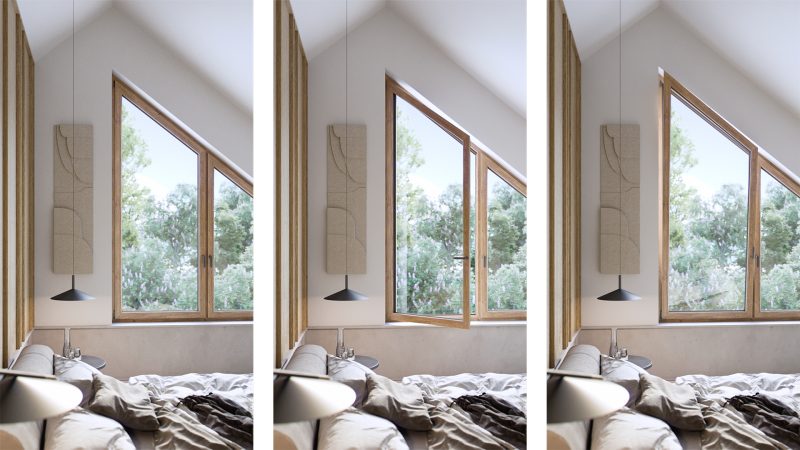
Comparing Tilt and Turn windows with single-hung windows
To truly understand the advantages of tilt and turn windows, it’s helpful to compare them side by side with traditional single-hung windows. The following table highlights the key differences, showcasing why tilt and turn designs—like those offered by OKNOPLAST—are the superior choice for energy efficiency, safety, and overall performance.
| Feature | Tilt and Turn Windows | Single-Hung Windows |
|---|---|---|
| Glazing Options | Offer double, triple, or even quadruple glazing for exceptional thermal performance. OKNOPLAST systems include Warmatec separators for increased insulation. | Typically limited to single or double glazing, providing less effective insulation. |
| Thermal Performance | Engineered for high thermal efficiency, ideal for reducing energy bills and maintaining indoor comfort in all seasons. | Less effective at insulating, often leading to higher energy costs due to heat loss and drafts. |
| Customization and Finishes | Hundreds of color options in the RAL palette, plus wood or steel-like veneers for added style without sacrificing performance. | Limited customization options, often restricted to a handful of colors and standard finishes. |
| Accessories | Extensive accessory options, including key-lock handles for child safety, grilles, smart home integration, and hidden hinges. | Minimal accessory options, typically limited to standard locks and basic designs. |
| Safety Features | Meet HVHZ certification standards, making them resistant to hurricanes, heavy storms, and strong winds. | Lack advanced safety certifications, making them less reliable in areas prone to extreme weather. |
| Design Pressure | Built to withstand heavy rains and high-pressure storms, ensuring no water leaks into the interior. | Prone to leaks and drafts under heavy rain or storm conditions due to weaker seals and simpler designs. |
| Dual Functionality | Versatile tilt and turn mechanism allows for both wide openings for cleaning and secure tilt mode for ventilation. | Single sash moves vertically, offering limited ventilation and no tilt functionality. |
Tilt and turn or single hung – which one is for you?
Tilt and turn windows clearly outperform single-hung windows when it comes to energy efficiency, versatility, and modern functionality. Their advanced glazing options, superior thermal performance, and dual-functionality make them an ideal choice for homeowners looking to reduce energy bills and enhance indoor comfort. Add to that their customizable designs and robust safety features, and it’s clear why tilt and turn windows are a smarter, more sustainable solution for any home.
Curious to learn more? Explore our OKNOPLAST blog for additional insights into the benefits of tilt and turn windows. Or, visit one of our trusted dealers to see how these innovative windows can transform your home’s energy performance and style.
Continue Reading
Products.

